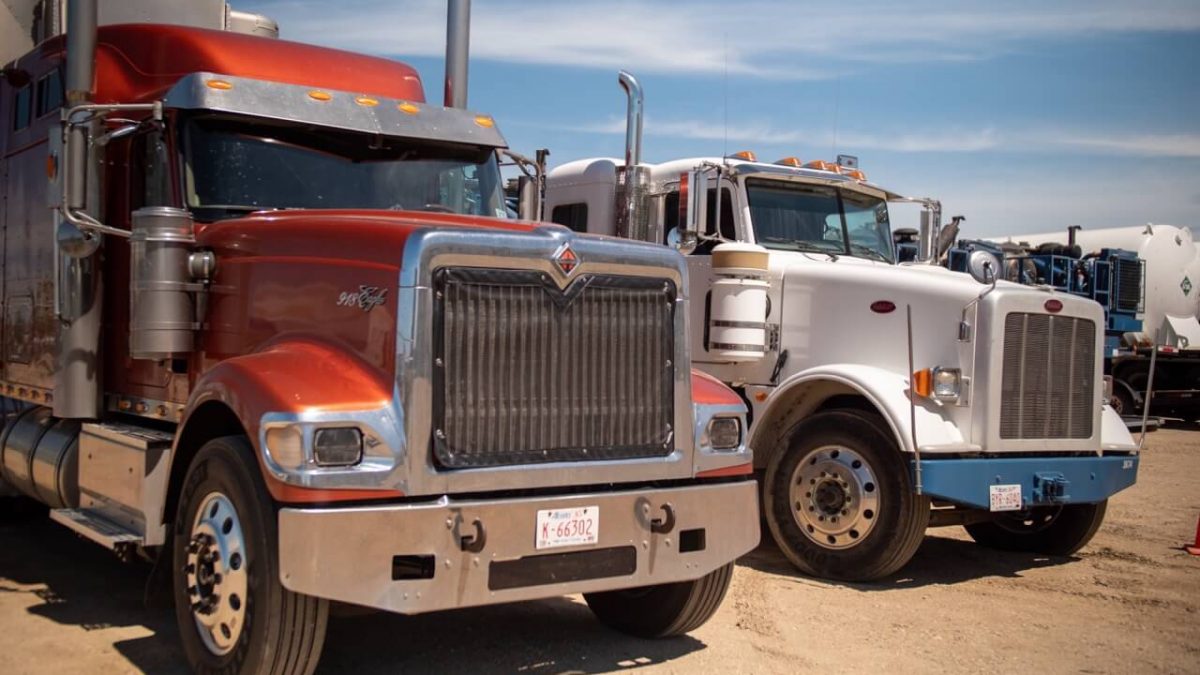
“Exploring the Potential of a Truck Startup Trekking Business in Canada and the USA”
Truck Startup Trekking Business in Canada and the USA
The trucking industry in both Canada and the USA is an essential backbone of the economy, driving goods across vast distances, ensuring supply chains remain intact, and facilitating international trade. In recent years, the demand for innovative trucking businesses, including those that offer niche services such as trekking and expedition-style transport, has grown, driven by technological advances, logistical challenges, and the desire for specialized services.
Starting a truck trekking business in North America, particularly in Canada and the USA, offers an opportunity to tap into a robust market while benefiting from the region’s extensive road networks. These businesses typically specialize in the transportation of goods to remote or difficult-to-reach areas, whether due to rugged terrain, seasonal weather conditions, or lack of existing infrastructure.
Market Opportunities and Demand
Canada, with its vast and diverse geography, provides an ideal environment for specialized trucking businesses. From the Rocky Mountains to the frozen tundra of the North, trucking services are often required in areas where other modes of transportation (such as rail or air freight) are either too costly or unavailable. Many remote communities, especially in Northern Canada, rely on truck transport to bring essential goods, including food, building materials, and medical supplies. Additionally, the Canadian government is increasingly investing in infrastructure improvements to make these remote areas more accessible, opening the door for trucking businesses that specialize in off-road or rugged terrain transport.
Similarly, the USA has a vast expanse of remote and rugged areas, especially in the western states like Montana, Wyoming, and Alaska. With a growing trend toward adventure tourism, a truck trekking business could also cater to niche markets such as eco-tourism, off-road adventures, or even film production companies needing transport to inaccessible locations. The demand for transportation in such areas has created a growing market for specialized trucks that can handle heavy loads or operate in extreme environments.
Business Model and Operations
A trucking business specializing in trekking typically focuses on a few key areas:
- Off-Road and Rugged Terrain Transport: Many companies provide transport services in areas where conventional trucks cannot reach. This could involve the use of specialized vehicles such as off-road trucks, all-terrain vehicles (ATVs), or vehicles with high ground clearance to navigate rough and challenging terrains.
- Seasonal Services: Some trekking businesses operate in areas where weather conditions drastically impact accessibility. For example, in Northern Canada and Alaska, trucking services are essential during the winter months when ice roads and snow are the primary means of transportation.
- Freight Services: Truck trekking businesses often transport high-priority freight such as construction materials, emergency supplies, and goods for industries like mining, forestry, and oil and gas. These industries rely heavily on trucking for the delivery of materials to and from remote locations.
- Tourism and Adventure Services: Another angle to explore in the trekking business is the tourism sector. Offering off-road adventure tours or experiences that bring people into the wild can generate significant revenue, especially in scenic locations. Some companies offer “expedition-style” trucking tours, taking clients into remote areas of the Rockies, the Alaskan wilderness, or the Canadian tundra.
Challenges and Considerations
Starting a truck trekking business comes with its own set of challenges. The initial investment in specialized equipment can be significant, especially if a business is focused on off-road trucks or vehicles capable of transporting oversized loads. In addition, ensuring compliance with local regulations, including safety and environmental standards, is essential to operate legally. For instance, businesses must be aware of weight limits, driver qualifications, and the need for specific permits when transporting goods through certain regions.
Another challenge is logistics, particularly in remote areas where road conditions may change suddenly. This requires a well-trained team, including drivers with specialized skills, and the ability to adapt quickly to unexpected situations such as weather events or road closures.
Conclusion
A truck startup trekking business in Canada and the USA is a promising venture, offering opportunities to tap into underserved markets in remote and rugged regions. By focusing on specialized transport services, such as off-road trucking, seasonal freight, or adventure tourism, entrepreneurs can capitalize on the growing demand for niche services. However, it is crucial to invest in the right equipment, stay compliant with regulations, and build a reputation for reliability and safety to succeed in this competitive field. With the right strategy, the truck trekking business has the potential to become a key player in the evolving landscape of North American logistics and tourism.
